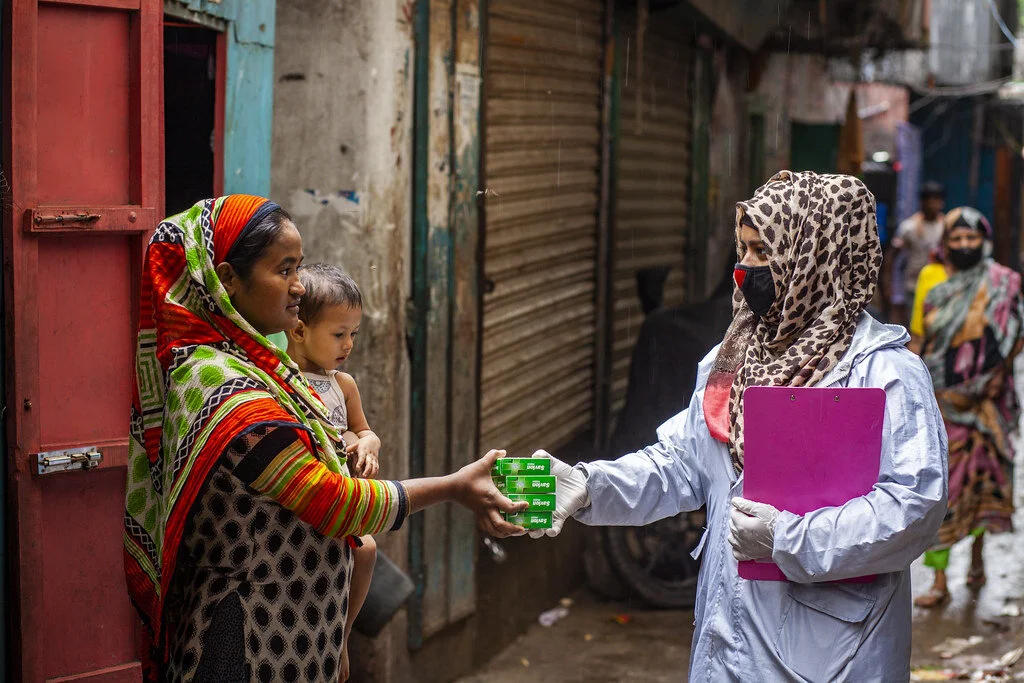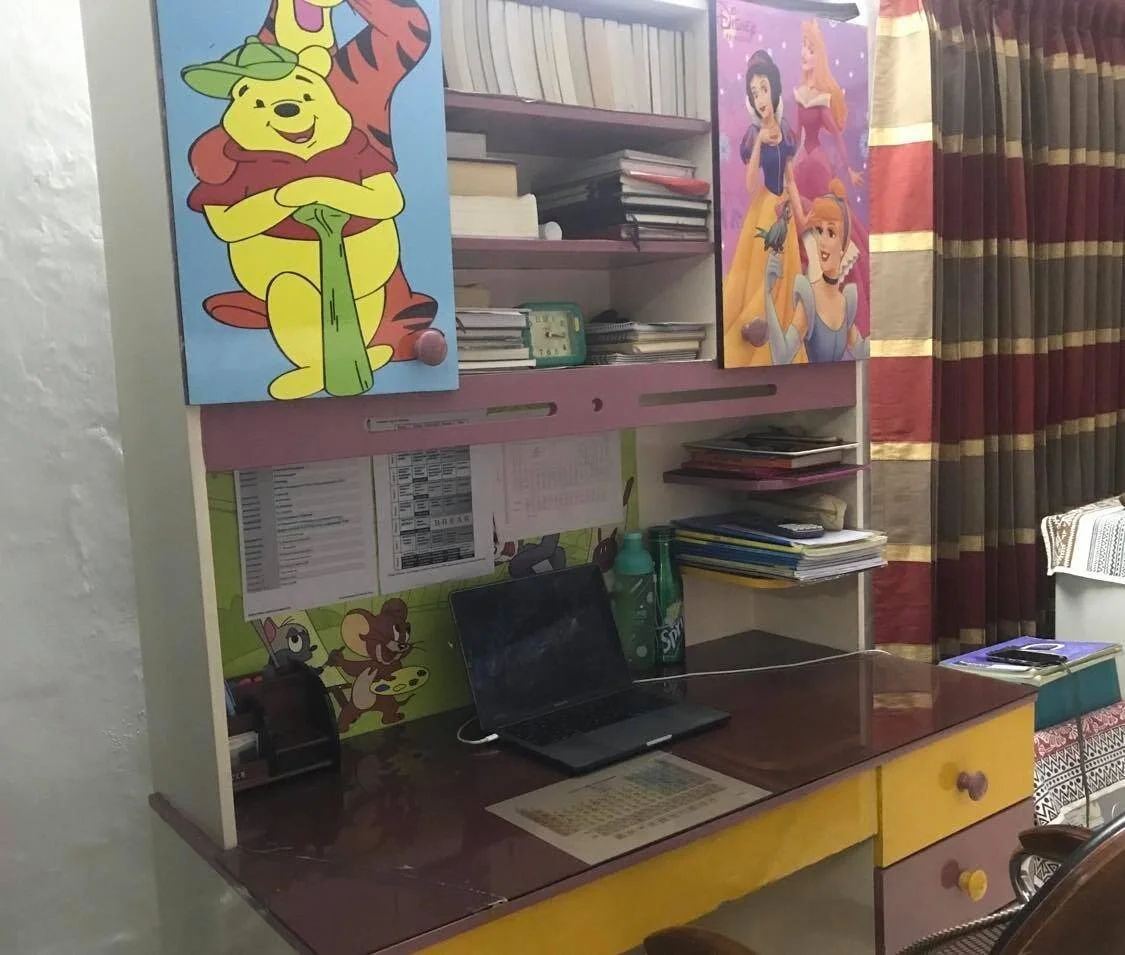Snowball is inaccessible to international remote learners
Over the past year, the meaning of a normal college experience has changed drastically. What was supposed to be a time of meeting new people and making memories has transformed completely. The online college experience is devoid of interaction with peers beyond an educational setting, which is negatively impacting many students.
Global COVID-19 counter
Worldwide COVID-19 Cases Continue To Rise
By Sophie Soloway ’23
Global Editor
As of Tuesday, Feb. 9, at least 2.3 million people worldwide have died from the COVID-19 pandemic. Global cases are currently rising at the fastest rate yet.
The United States has the most cases globally at over 27 million. India (with approximately 10.8 million total cases) and Brazil (with about 9.5 million) have the second and third highest totals, respectively. However, cases continue to fluctuate across the globe.
Cases in Montenegro have spiked in the past week, and now the country has the highest daily average cases per capita with 85 cases per 100,000 citizens. The Turks and Caicos Islands and Israel fall shortly behind with 72 and 71 cases per 100,00 citizens, respectively. To combat these high statistics, Israel is currently pursuing mass vaccination distribution, leading globally with approximately 23.4 percent of the country already fully vaccinated.
However, this high vaccination rate has not yet reached occupied Palestine. Human Rights Watch reports that Israel has dodged Geneva Convention responsibilities to distribute medical supplies, leaving the Palestinian people with few resources to combat COVID-19. There are currently over 163,000 total cases in Palestine.
On the other end of the spectrum, countries such as Mainland China, New Zealand and Australia have continued to report some of the lowest COVID-19 infection rates, each with less than one case per 100,000 citizens.
How the World Has Handled COVID-19
By Corrine Celupica-Liu ’23
Global Writer
Over the past nine months, coronavirus case levels have fluctuated around the world. In the United States, life during a global pandemic looks strikingly different than it did back in March. The U.S. has seen both community compliance and resistance in efforts implemented to suppress the virus.
According to a New York Times report on Sept. 6, 2020, there are 26.9 million confirmed cases worldwide and the virus is spreading at its fastest recorded speed, with a global cumulative of 200,000 daily new cases. As of early September, there are rising surges in many parts of Europe, including Germany, Spain and France. Similar patterns are also occurring in North America, where geographically-diverse hotspots have sporadically developed over the past six months.
Megan Horner ’23 lives in Herrin, Illinois, and has experienced the state’s response to each new hotspot of the coronavirus.
“In the beginning, the state was able to slow the spread, but once things began opening, a lot of people stopped adhering to rules,” Horner said. “The state instituted pretty strict measures, and it was pretty effective but has since been rescinded.”
As of Sept. 6, 2020, Herrin has recorded 1,024 confirmed coronavirus cases, which is up from 530 total confirmed cases reported on Aug. 9, 2020.
Due to the lack of standardized federal testing and containment protocol in the United States, the reported number of cases has varied from region to region. Abroad, countries’ various strategies mixed with a more collaborative community response have been more effective in controlling the spread of the virus.
Rachel Kang ’23, who has been living in Seoul, South Korea, since March, noted the effectiveness of the South Korean government’s response.
“From the beginning, [the government] made it mandatory for everyone entering from abroad to quarantine for 14 days and get tested for COVID-19,” Kang said. “If there is someone who caught the virus in your neighborhood, the government sends emergency alerts to their county [and] track[s] ... where the anonymous individual has been since they started showing symptoms.” Kang also praised South Korea for its citizen safety requirements, such as wearing a mask in certain buildings and on public transit and participating in regular temperature checks.
In South Korea, there is a 1.1 percent positivity rate from coronavirus testing. Additionally, the country has been able to maintain lower rates of contraction. From April 1 to August 12, it reported less than 100 cases daily.
Across all the different strategies regions have attempted to control the coronavirus, one truth remains: keeping the spread suppressed requires a sense of intentionality. As Kang noted, “As much as the idea of a virus is terrifying, if the correct precautions are being taken at the right moment, it is possible to control the numbers of cases.”



